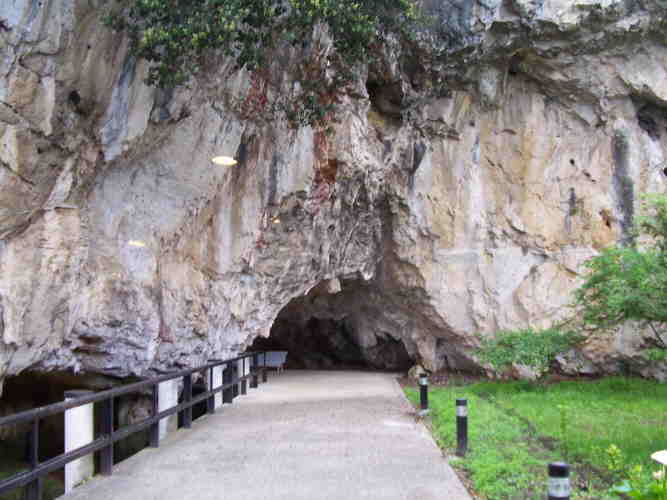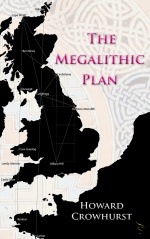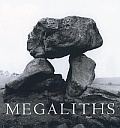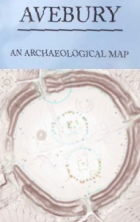<< Our Photo Pages >> Cueva de Tito Bustillo - Cave or Rock Shelter in Spain in Asturias
Submitted by Andy B on Wednesday, 15 October 2008 Page Views: 12799
Natural PlacesSite Name: Cueva de Tito Bustillo Alternative Name: Cuevo de Tito Bustillo, Cuevona de Ardines y AulaCountry: Spain
NOTE: This site is 0.497 km away from the location you searched for.
Region: Asturias Type: Cave or Rock Shelter
Nearest Town: Ribadesella Nearest Village: Ardines
Latitude: 43.460663N Longitude: 5.067663W
Condition:
| 5 | Perfect |
| 4 | Almost Perfect |
| 3 | Reasonable but with some damage |
| 2 | Ruined but still recognisable as an ancient site |
| 1 | Pretty much destroyed, possibly visible as crop marks |
| 0 | No data. |
| -1 | Completely destroyed |
| 5 | Superb |
| 4 | Good |
| 3 | Ordinary |
| 2 | Not Good |
| 1 | Awful |
| 0 | No data. |
| 5 | Can be driven to, probably with disabled access |
| 4 | Short walk on a footpath |
| 3 | Requiring a bit more of a walk |
| 2 | A long walk |
| 1 | In the middle of nowhere, a nightmare to find |
| 0 | No data. |
| 5 | co-ordinates taken by GPS or official recorded co-ordinates |
| 4 | co-ordinates scaled from a detailed map |
| 3 | co-ordinates scaled from a bad map |
| 2 | co-ordinates of the nearest village |
| 1 | co-ordinates of the nearest town |
| 0 | no data |
Internal Links:
External Links:
I have visited· I would like to visit
Kuba visited - their rating: Cond: 5 Amb: 5 Access: 5

The deep recesses were used as a sactuary and over the years almost completely painted. And it seems the discoveries in the cave have not ended by now, lately almost 60 new figures have been discovered.
The Galeria de los Caballos shows several engraved figures of big horses, bisons and reindeers from the Ice Age. There are also exceptional carvings with sexual motives, phallic symbols which are considered the first depiction of masculine sex in rock art. In the cave of Lloseta, the upper level of the cave system, penis shaped objects made of stalagmites were found. Even a huge stalagmite, which obviously is a natural phallic symbol was covered by red colour made of iron oxide. The Camarìn de las Vulvas (chamber of the vulvas) is 300m away. It is one of very few depictions of female sexual known to science.
The Riosellano culture seems to have had an extreme longevity. It existed some 18,000 years on this location.
The visits to the cave are limited to 360 persons per day and 24 per group. The tours are guided in Castellan
Source: Showcaves.com
Note: New method used to date cave art, see comment
You may be viewing yesterday's version of this page. To see the most up to date information please register for a free account.

Do not use the above information on other web sites or publications without permission of the contributor.
Nearby Images from Flickr






The above images may not be of the site on this page, but were taken nearby. They are loaded from Flickr so please click on them for image credits.
Click here to see more info for this site
Nearby sites
Click here to view sites on an interactive map of the areaKey: Red: member's photo, Blue: 3rd party photo, Yellow: other image, Green: no photo - please go there and take one, Grey: site destroyed
Download sites to:
KML (Google Earth)
GPX (GPS waypoints)
CSV (Garmin/Navman)
CSV (Excel)
To unlock full downloads you need to sign up as a Contributory Member. Otherwise downloads are limited to 50 sites.
Turn off the page maps and other distractions
Nearby sites listing. In the following links * = Image available
33m S 175° Cuevona de Ardines Cave or Rock Shelter
367m WSW 254° Cueva de La Lloseta Cave or Rock Shelter
1.9km SE 131° Cueva de San Antonio Cave or Rock Shelter
3.4km W 260° Cueva de Les Pedroses Cave or Rock Shelter
10.0km W 266° Picu el Castru (Prau) Castro or Chafurdão
11.7km SSW 193° Cueva del Buxu* Cave or Rock Shelter
12.3km SSW 205° Cueva de los Azules Cave or Rock Shelter
13.0km SSW 198° El Cuetu (El Llanu) Castro or Chafurdão
13.0km SSW 203° Dolmen de Santa Cruz de Cangas de Onís* Burial Chamber or Dolmen
13.1km W 281° La Isla Castro or Chafurdão
13.2km SW 233° El Picu Mancobiu Castro or Chafurdão
13.3km S 191° Cueva de La Peña La Morca Cave or Rock Shelter
13.5km S 177° Dolmen de Abamia en Corao Burial Chamber or Dolmen
14.0km SSW 191° Cueva de la Güelga Cave or Rock Shelter
15.6km ESE 112° Abrigo de Samoreli Cave or Rock Shelter
15.8km WNW 284° Castru Villeda Castro or Chafurdão
17.1km ESE 101° Cueva de El Cueto la Mina Cave or Rock Shelter
17.2km ESE 101° Cueva Tempranas Cave or Rock Shelter
17.3km ESE 105° Cueva de la Coberiza Cave or Rock Shelter
17.3km W 275° El Castiellu (La Riera) Castro or Chafurdão
17.4km ESE 103° Cueva de Trescalabres Cave or Rock Shelter
18.0km ESE 103° Cueva de La Riera Cave or Rock Shelter
19.3km ESE 104° Cueva del Quintanal Cave or Rock Shelter
19.6km ESE 103° Cueva de Balmori Cave or Rock Shelter
22.1km SE 132° Abrigo de Soberaos Cave or Rock Shelter
View more nearby sites and additional images






 We would like to know more about this location. Please feel free to add a brief description and any relevant information in your own language.
We would like to know more about this location. Please feel free to add a brief description and any relevant information in your own language. Wir möchten mehr über diese Stätte erfahren. Bitte zögern Sie nicht, eine kurze Beschreibung und relevante Informationen in Deutsch hinzuzufügen.
Wir möchten mehr über diese Stätte erfahren. Bitte zögern Sie nicht, eine kurze Beschreibung und relevante Informationen in Deutsch hinzuzufügen. Nous aimerions en savoir encore un peu sur les lieux. S'il vous plaît n'hesitez pas à ajouter une courte description et tous les renseignements pertinents dans votre propre langue.
Nous aimerions en savoir encore un peu sur les lieux. S'il vous plaît n'hesitez pas à ajouter une courte description et tous les renseignements pertinents dans votre propre langue. Quisieramos informarnos un poco más de las lugares. No dude en añadir una breve descripción y otros datos relevantes en su propio idioma.
Quisieramos informarnos un poco más de las lugares. No dude en añadir una breve descripción y otros datos relevantes en su propio idioma.